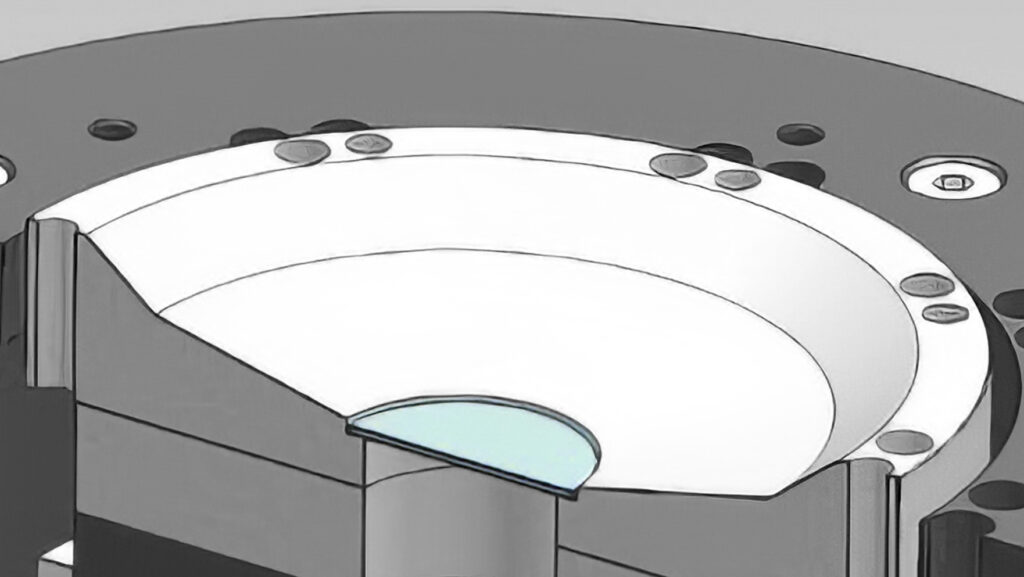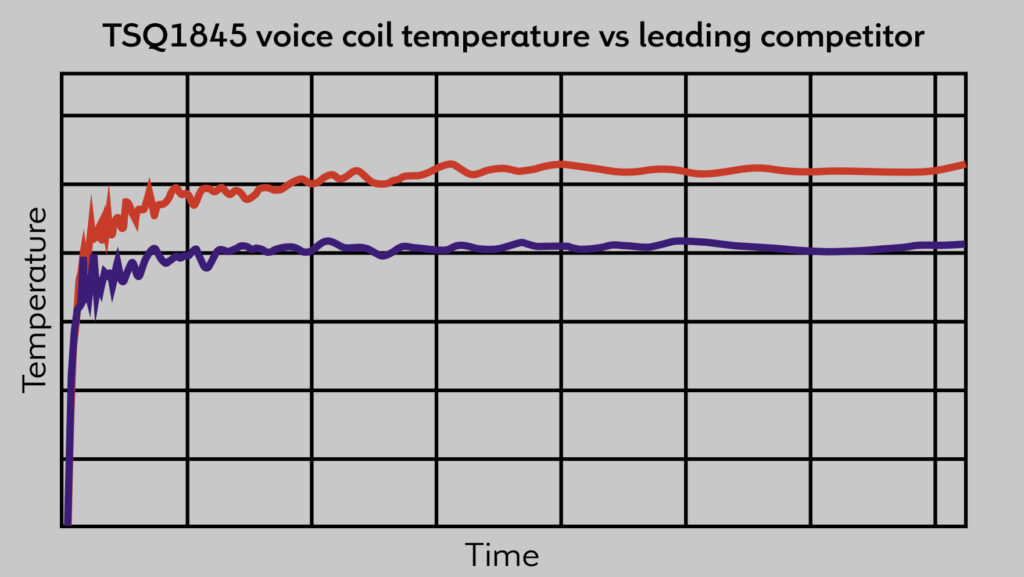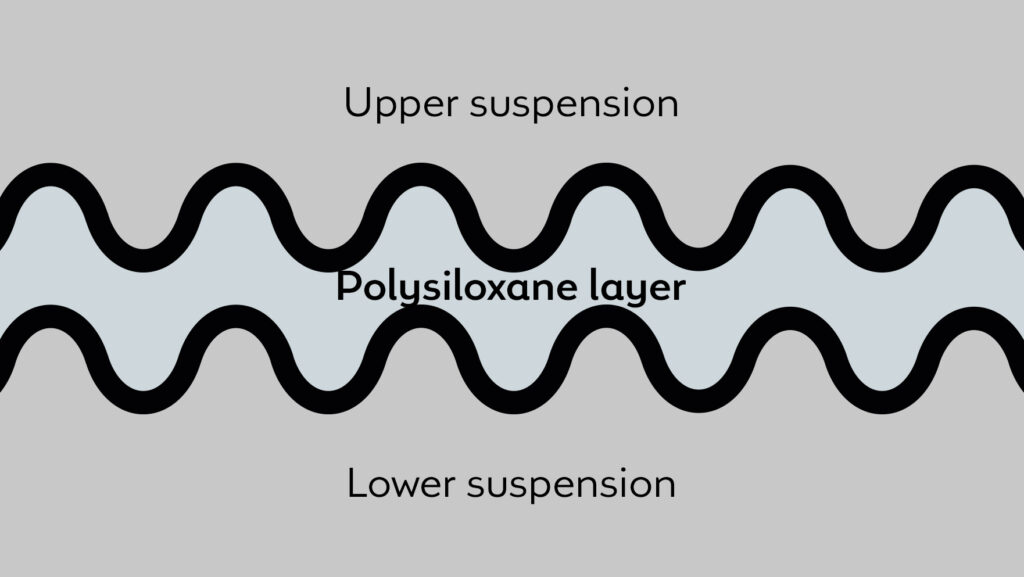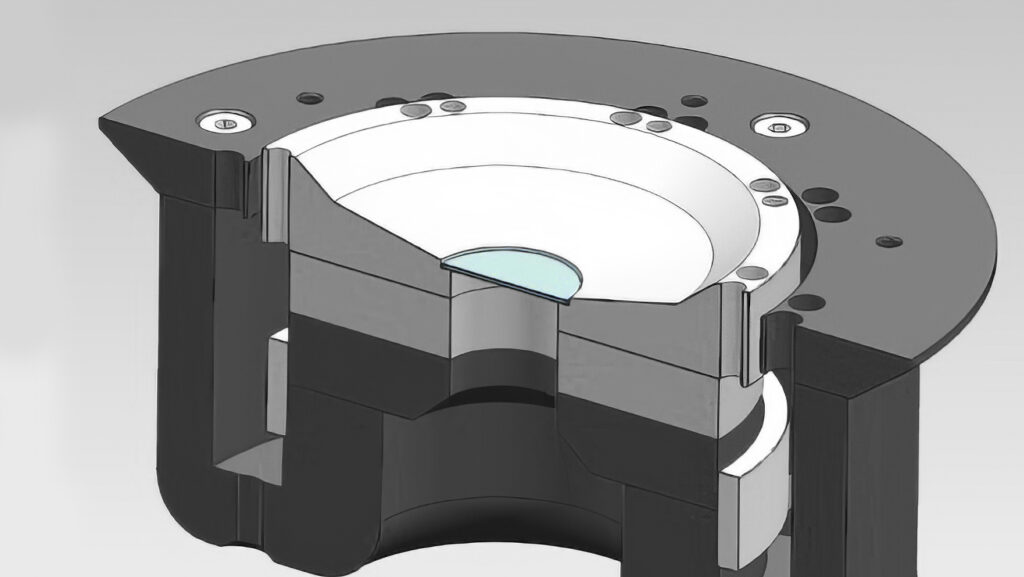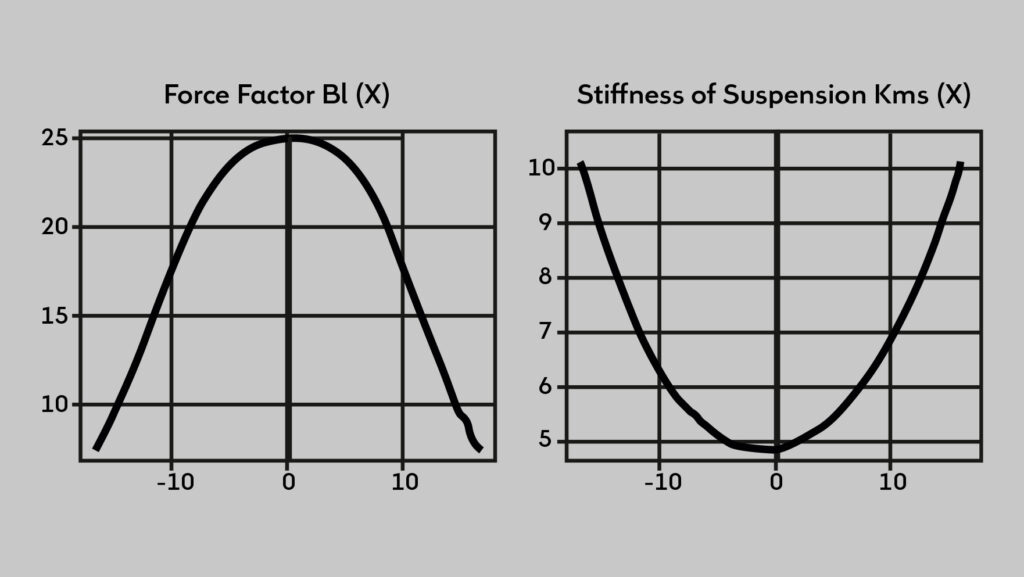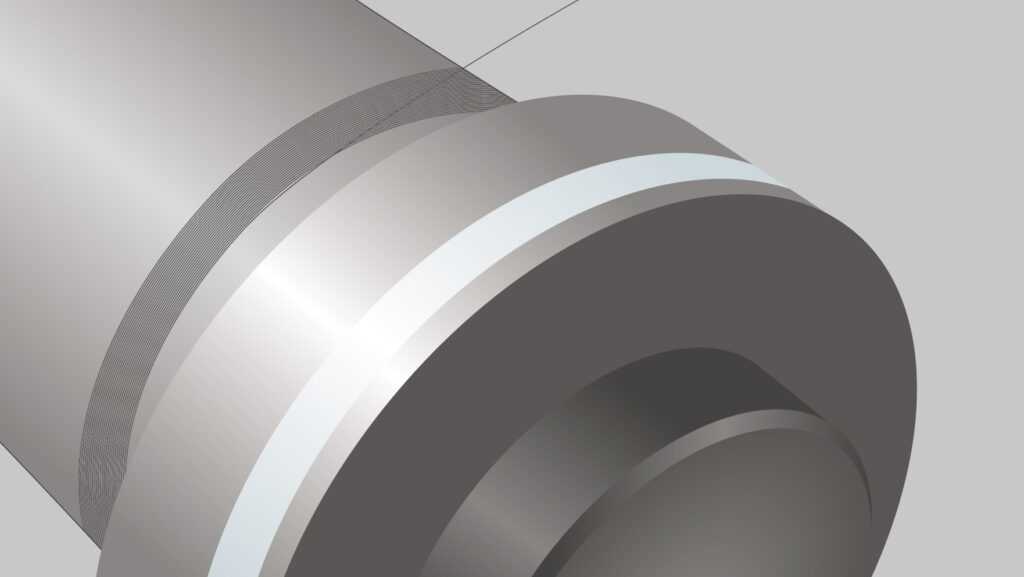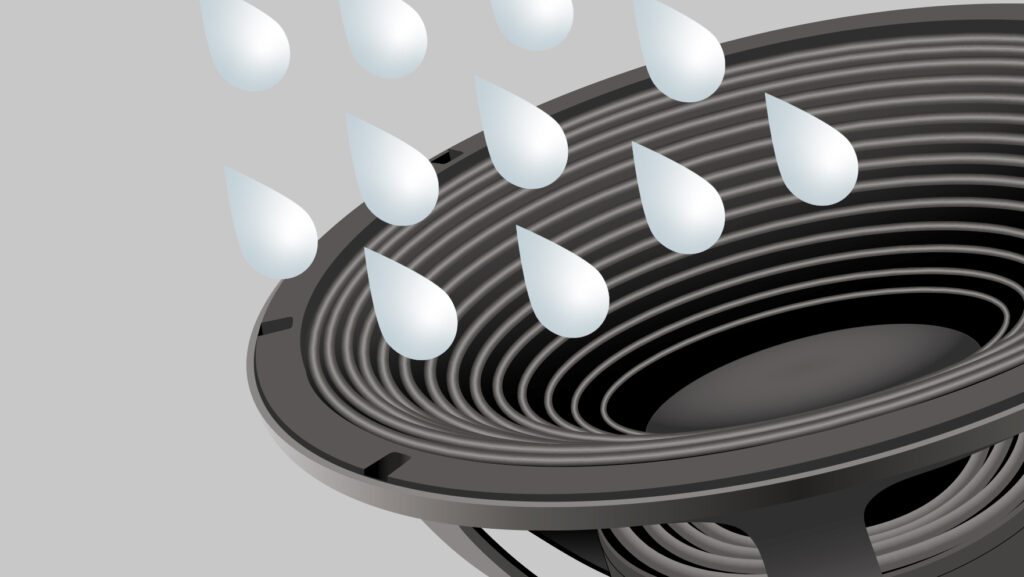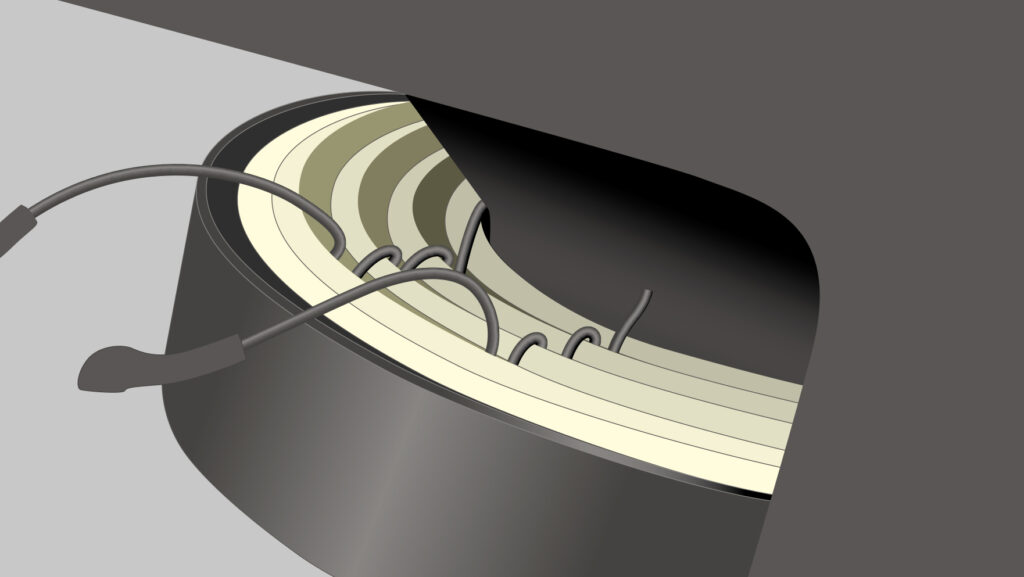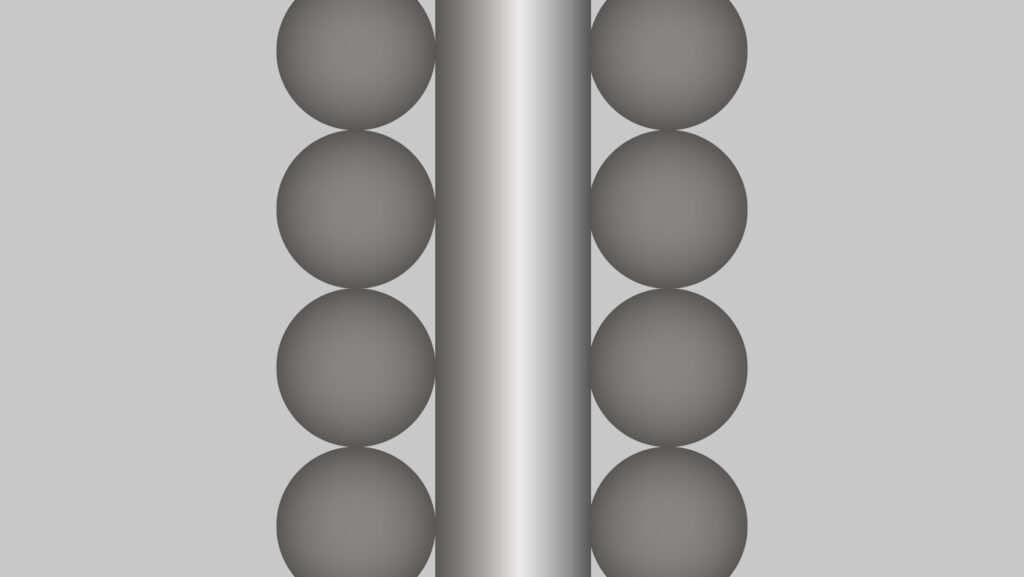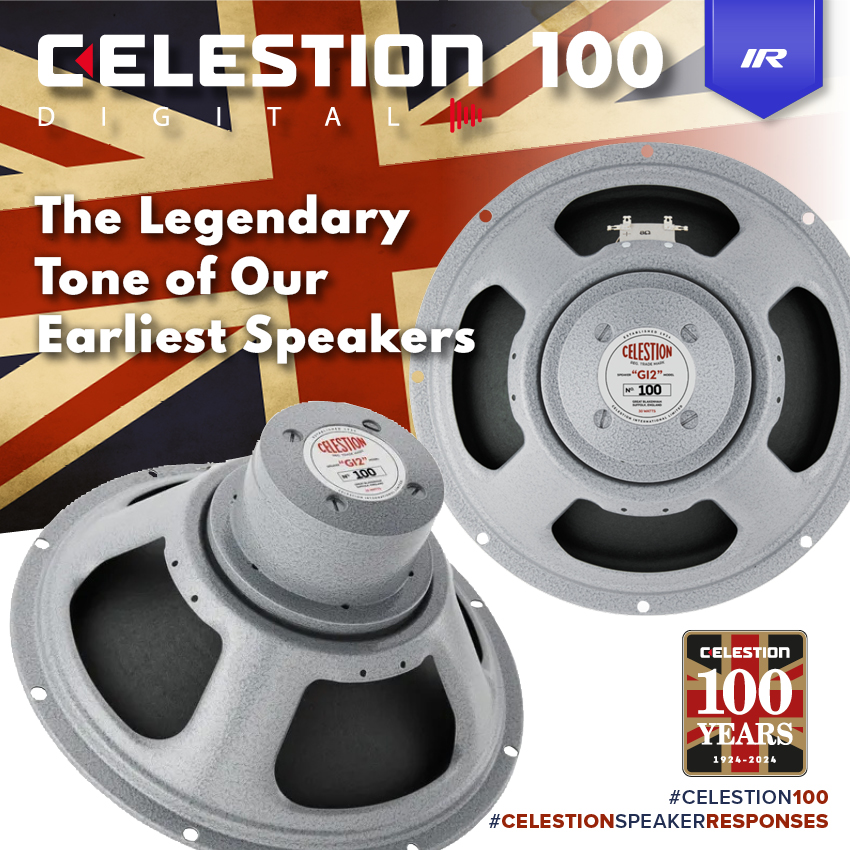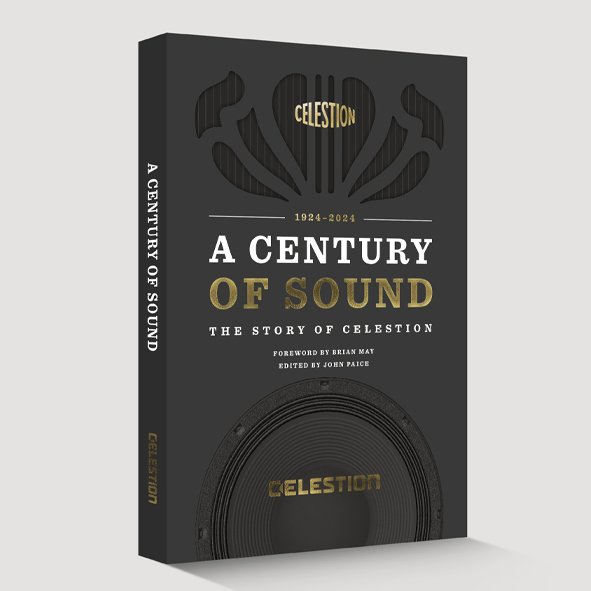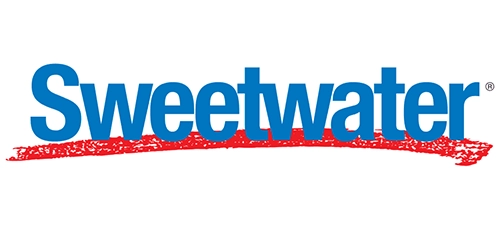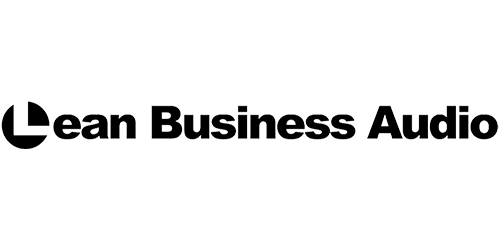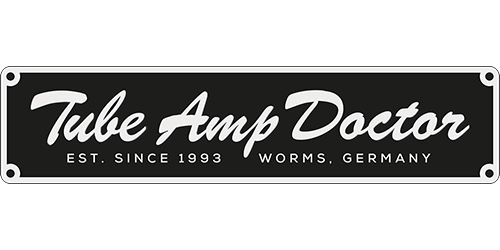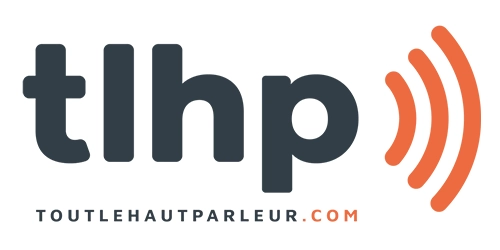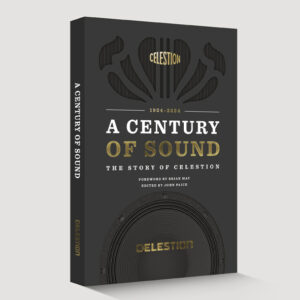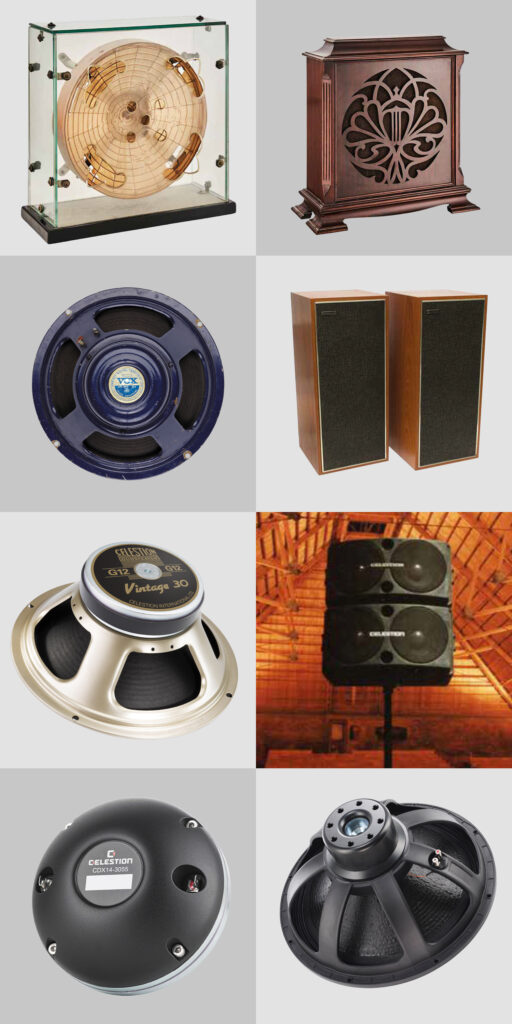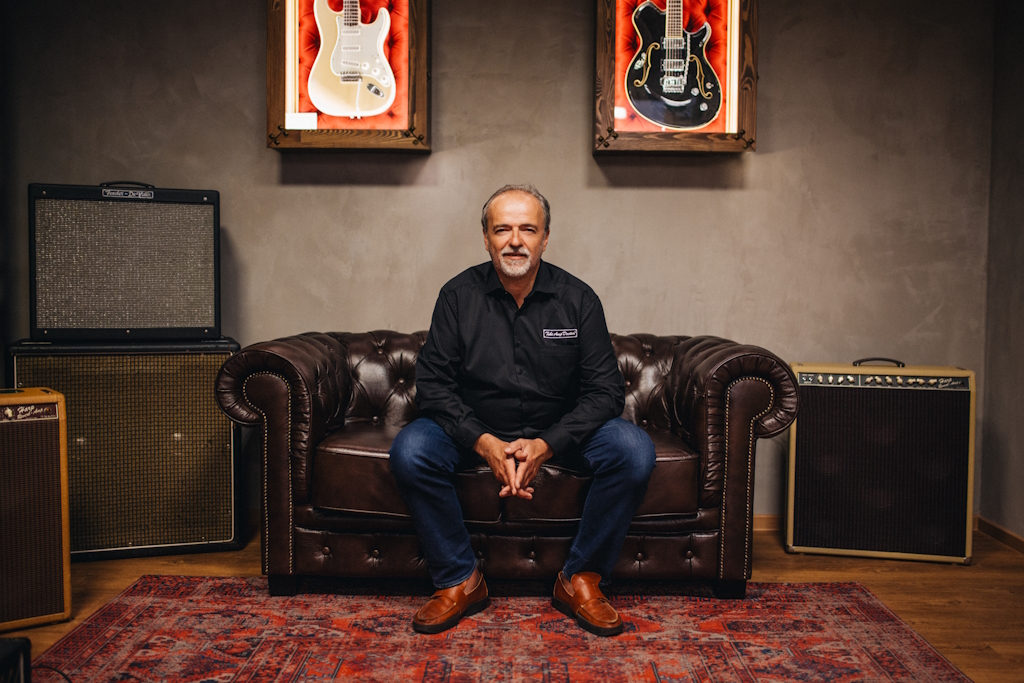1. This Prize Draw is open to everyone aged 18 years except employees of Celestion, their families or anyone else associated with this competition.
2. All information detailing how to enter this promotion forms part of these terms and conditions. It is a condition of entry that all rules are accepted as final and that the entrant agrees to abide by these rules. The decision of the promoter is final and no correspondence will be entered into. Submission of an entry will be taken to mean acceptance of these terms and conditions.
3. No purchase is necessary to enter the prize draw. One entry is obtained through subscribing to the Celestion mailing list via the online form hosted on the following webpage: https://celestion.com/our-news/win-a-pair-of-kef-mu3-earphones/
4. By subscribing to the Celestion mailing list, you have opted-in to receive email newsletters from Celestion. You have the right to unsubscribe from the Celestion mailing list at any point, however doing so before the end of the promotion period will withdraw your entry from the prize draw.
5. We do not share, sell, transfer, provide, rent or trade Personal Data to or with third parties for their own direct marketing purposes unless we have obtained your consent in accordance with the requirements under the applicable law. Our full privacy policy can be found here: https://celestion.com/privacy-policy/
5. The period of the Prize Draw is from Tuesday 5th November 2024, 10am GMT, to Monday 18th November 2024, 11am GMT. All entries must be received within the Prize Draw period.
6. The Prize Draw is operated by Celestion (‘Promoter’). This Prize Draw is in no way sponsored, endorsed or administered by, or associated with, Meta Platforms or X. You understand that you will be providing your information to the Promoter and not to Meta Platforms or X. By entering the Prize Draw you agree to release Meta Platforms and X completely from all liability relating to the Prize Draw. Any question, comments or complaints regarding the Prize Draw should be directed to the Promoter and not to Meta Platforms or X.
7. The Promoter reserves the right to seek and issue publicity on behalf of the Entrants. By entering the promotion, the Entrants agree to participate in publicity as reasonably requested surrounding the promotion
8. The winning entry will be selected at random by an employee of Celestion. Winners will be notified within 28 days of the draw via email. In the event the claim for a prize is not received by the promoter within 28 days of such notification, the promoter reserves the right to withdraw prize entitlement and award the prize to a reserve selected at the same time as the original
9. Three entrants shall each win one pair of KEF Mu3 Earphones in Silver Grey. No cash or other alternative prizes will be available, in whole or in part, except in the event of circumstances outside of its reasonable control, whereby The Promoter reserves the right to substitute for any similar alternative prize of equal or greater value. Unless otherwise agreed in writing by the promoter, the prize will only be awarded directly to the winner.
10. Only one entry will be accepted per person. The promoter reserves the right to disqualify any entry if it has reasonable grounds to believe you have breached any of these terms and conditions. No applications from agents, third parties, organised groups or applications automatically generated by computer will be accepted. If it becomes apparent that a participant is using a computer to circumvent this condition by, for example, the use of ‘script’, ‘brute force’ or any other automated means, that person’s entries will be disqualified and any prize award will be void.
11. English law applies and the exclusive jurisdiction of the English Courts shall prevail.
12. By entering this prize draw you acknowledge and agree that this prize draw will be construed and evaluated according to the laws of The United Kingdom, without application of its international conflict of law provisions. You agree that any disputes in connection with said prize draw shall be resolved in court of competent jurisdiction in the United Kingdom. If you enter this prize draw from another country you are responsible for compliance with any and all applicable local laws. Celestion makes no representation that the materials contained within this prize draw are appropriate for countries outside the United Kingdom.
13. PROMOTER: Celestion, Claydon Business Park, Great Blakenham, Ipswich, IP6 0NL United Kingdom

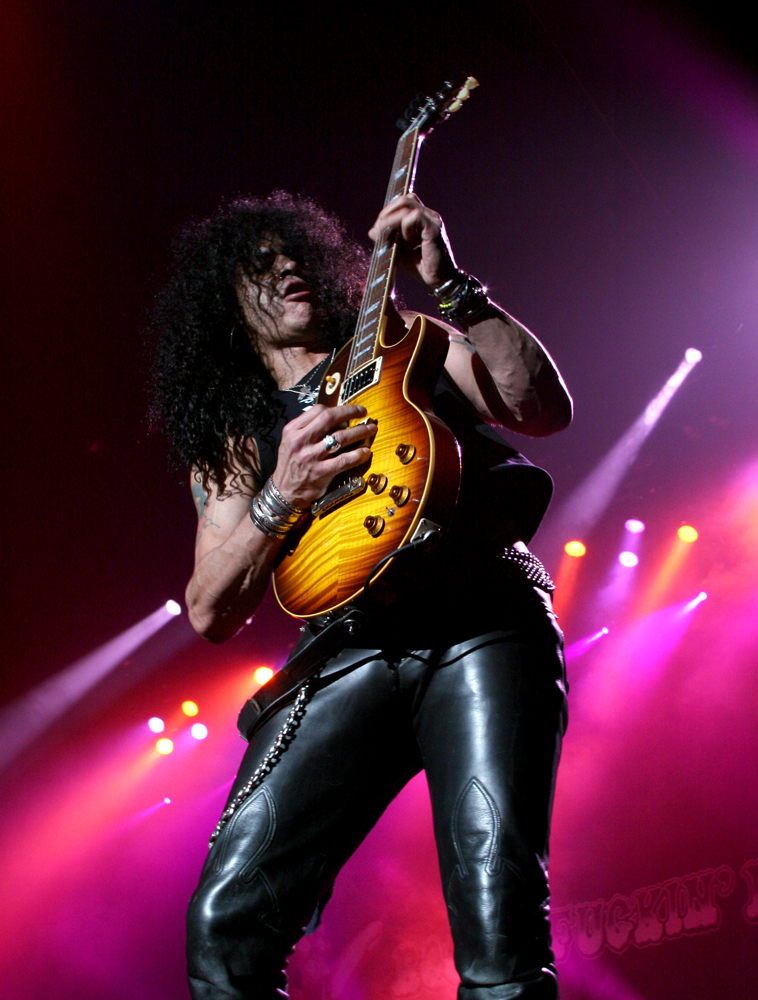
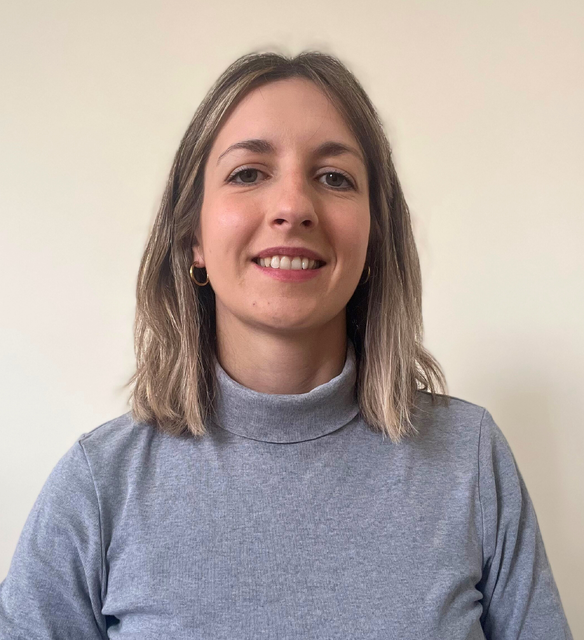
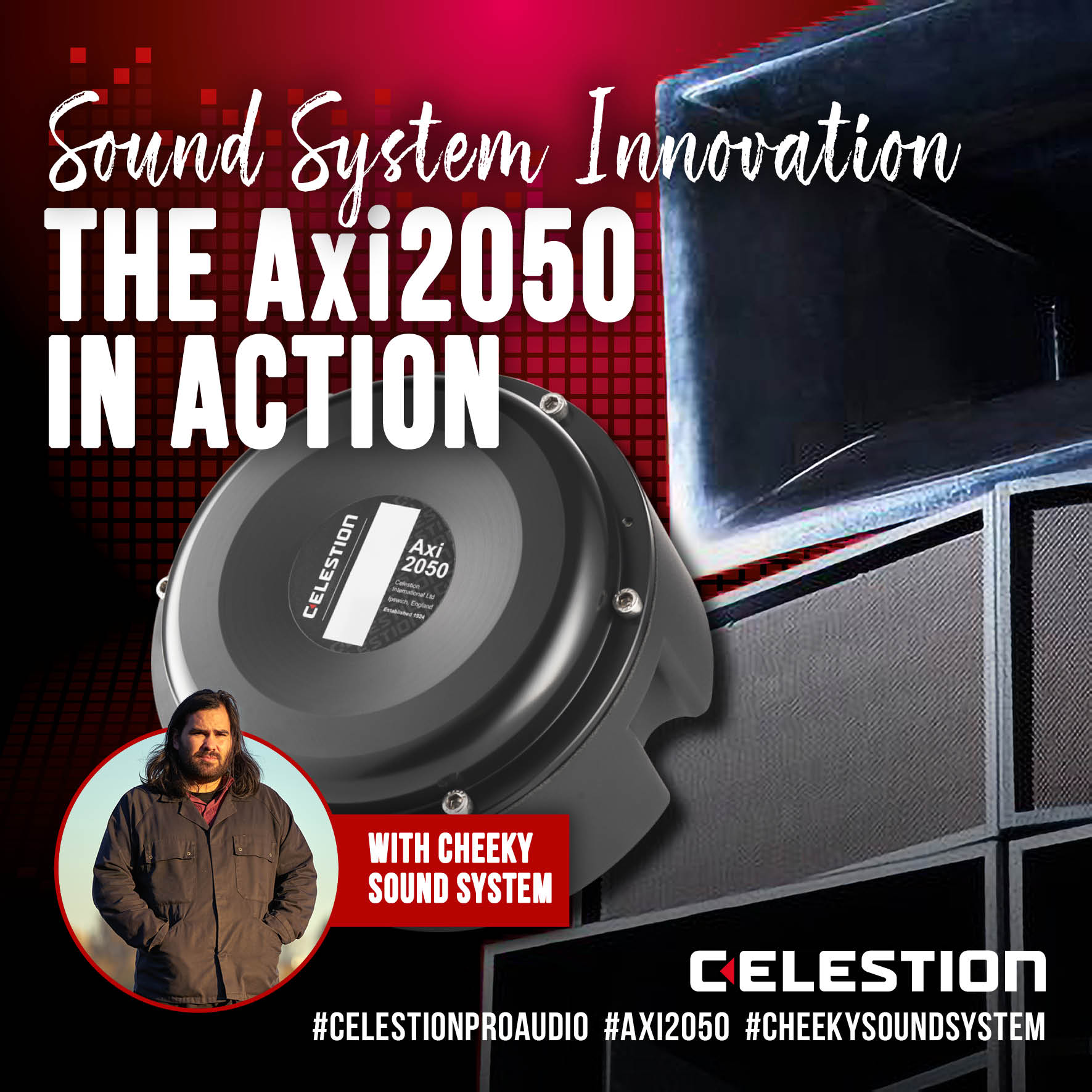
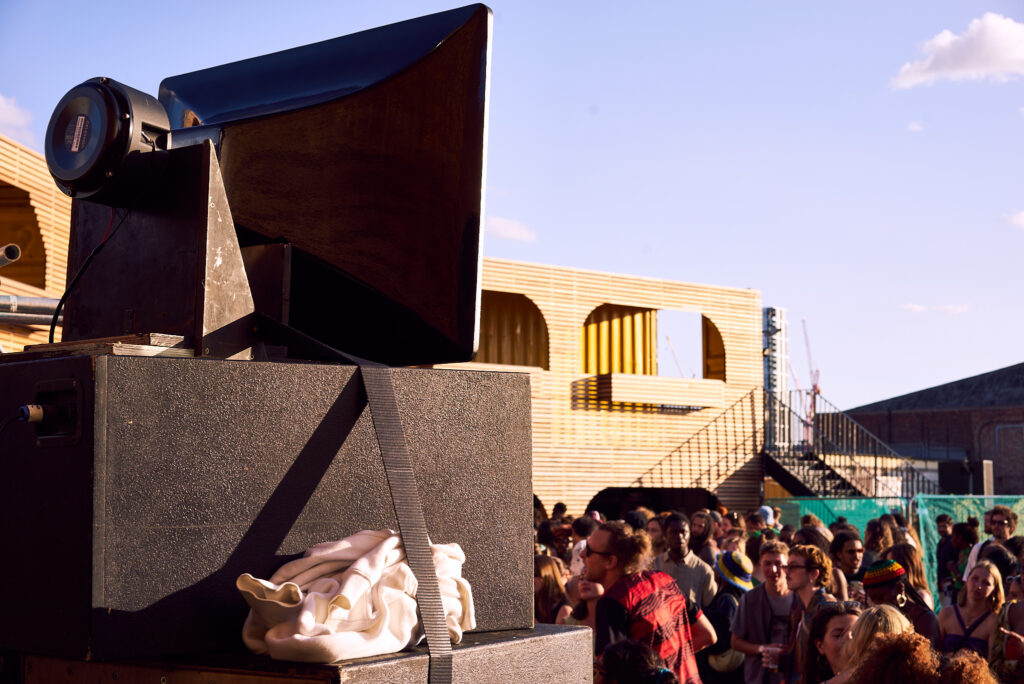 Tell us a bit more about the sound system and the things you’ve done with it.
Tell us a bit more about the sound system and the things you’ve done with it. Where do you see these drivers being utilised?
Where do you see these drivers being utilised?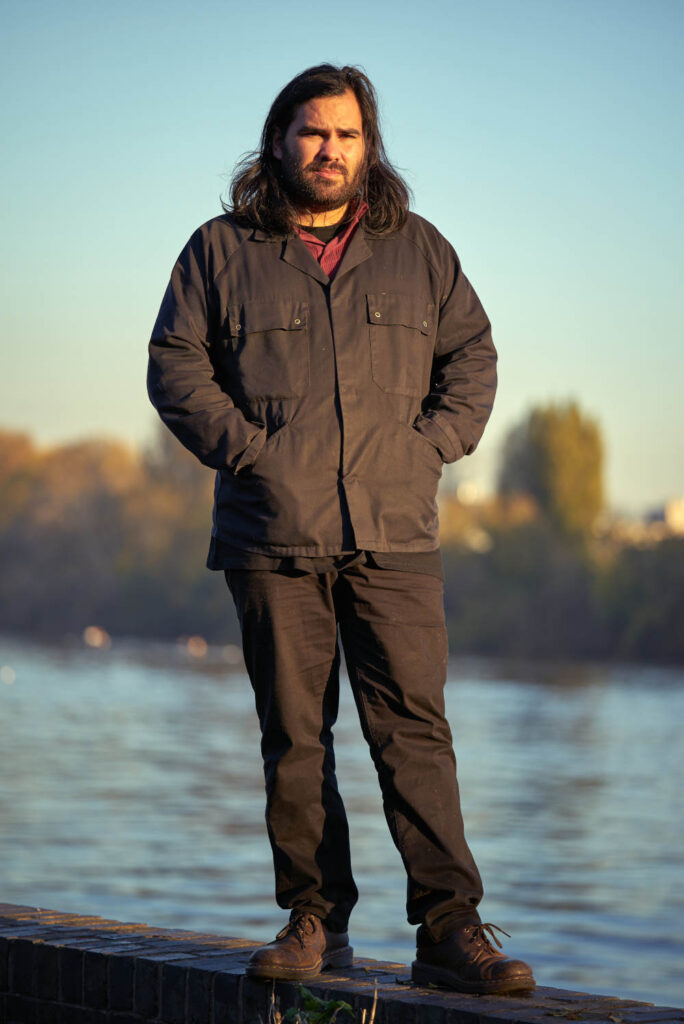 What’s your background in the world of pro audio?
What’s your background in the world of pro audio?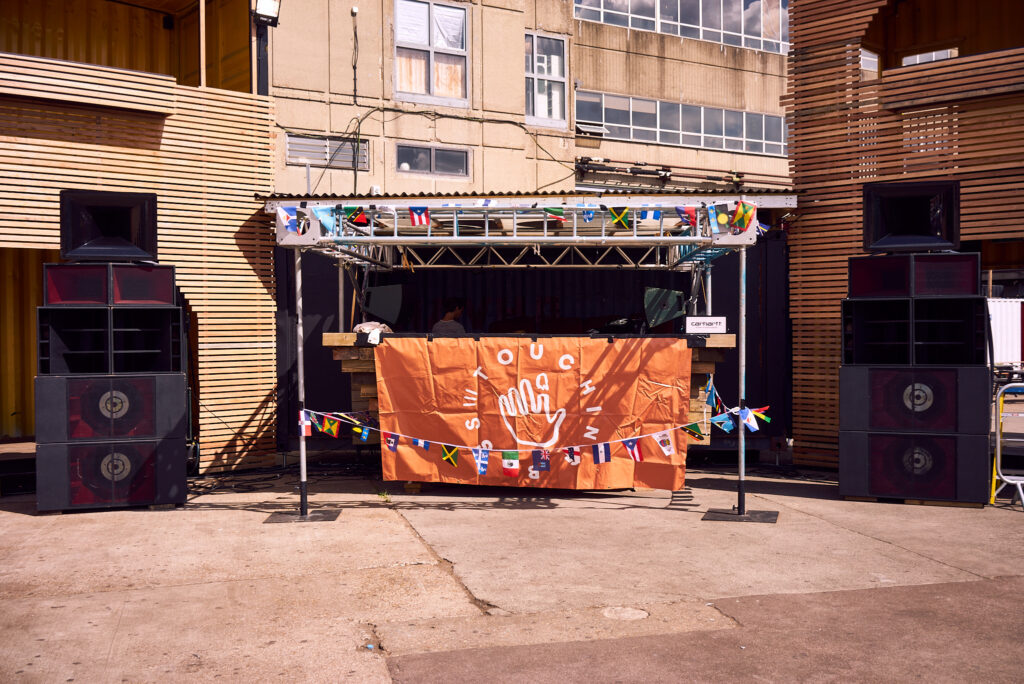 What are your plans for the rest of 2024?
What are your plans for the rest of 2024? 